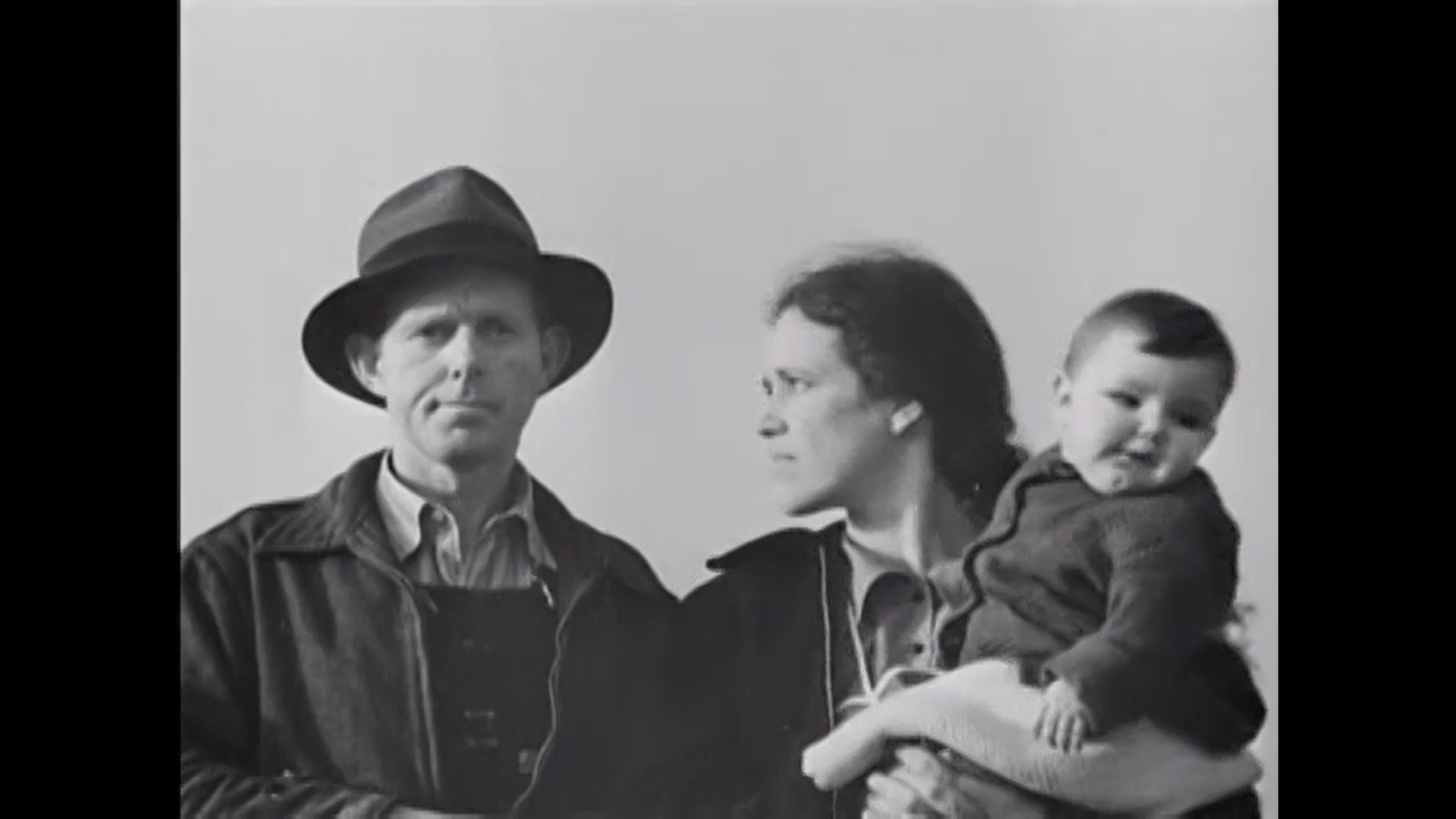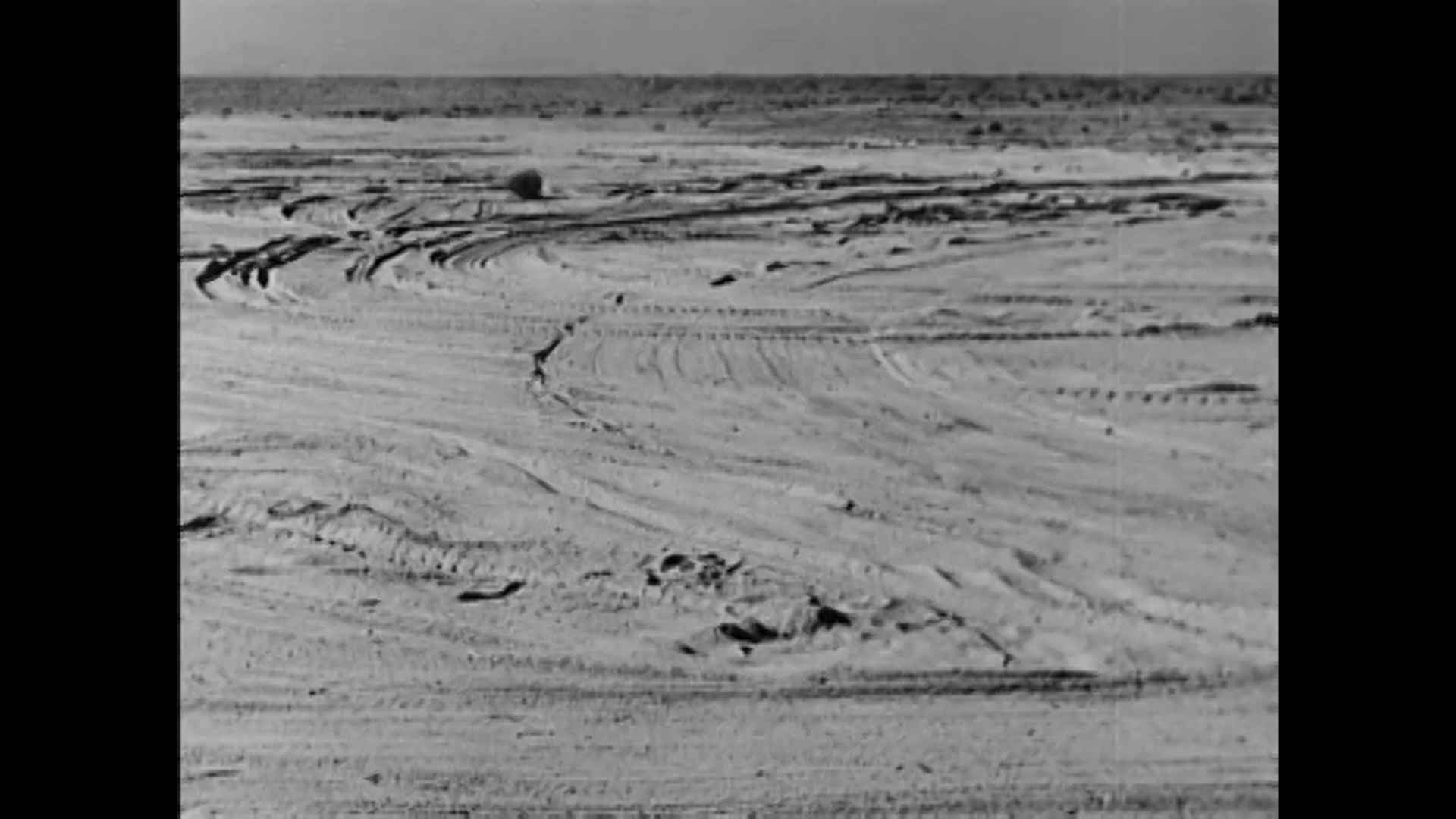The Land
Robert J. FLAHERTY
- USA
- 1942
- 41min
- 12 +
- mp4
- black and white
Synopsis
The Land, the least typical, least known, and most controversial of Robert Flaherty's films, depicts a vast and vague territory across the southern and midwestern United States. Here, in the period between the Depression's end and the beginning of World War II, abandoned farmhouses lined dusty roadways, and forgotten farm people had almost ceased to hope for a better life. On the face of it, The Land might have become the earthly counterpart to Pare Lorentz's The River, easily the best known and most widely praised American documentary film. But as it turned out, The Land pleased few people, least of all Flaherty himself.
Review
The Land is a documentary commissioned by the U.S. Department of Agriculture in the early 1940s. In the aftermath of the Great Depression and the ongoing Second World War, the conditions in rural America captured by Flaherty's camera are harsh. Drought and long periods of mass production have reduced productivity, child labor is rampant, and sharecroppers are losing their jobs to machines. Flaherty, who has chronicled the struggles of people against natural adversity, now depicts the struggles of people against man-made adversity. Narrated by Robert Flaherty himself.
Director
-

Robert J. FLAHERTY
Between Robert J. Flaherty’s major feature-length films, Nanook of the North (1922), Moana (1926), Man of Aran (1934), and Louisiana Story (1948), he made several smaller ones outside the epic man-against-nature format. More than 50 years after his death, Flaherty’s name still stands out among the most celebrated in motion picture history.


